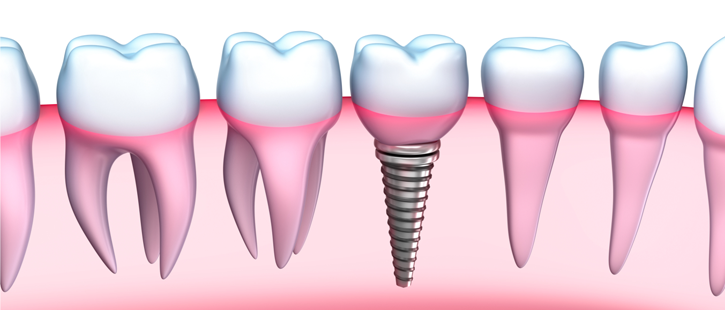
The desire for finding a permanent solution to replacing missing teeth dates back to 3000 years ago and led to the invention of dental implants using Titanium in the year 1952 by Dr. Ingvar Branemark. He accidentally discovered that titanium and bone were integrated together when he tried to remove the titanium from the bones and found it difficult. This unique phenomenon of the integration between bone and titanium opened up a world of possibilities for the medical and dental profession.
Today, dental implants in Sydney have completely evolved with the introduction of the latest technological advancements and the changes are continuing to occur. With the advent of technological improvements in the field of dentistry, the success rate of both implants supported dentures and single dental implants has been increased to a greater extent than ever before. In earlier days, screws were used in dental implant procedures to fix implants to the bone but titanium implants with a porous finish are used these days to aid in integration between bone and implant.
Major Technological Advancements
Innovating new technologies for dental implants makes it easier to place implants with no incisions, minimal discomfort, and little disruption to the patient’s life. In recent days, nanostructured dental implants are in the play and this can shorten the treatment time for a patient. These types of implants are even stronger and heal quicker than implants using conventional coatings. Moreover, they integrate with bone faster and are less susceptible to disease than other implant materials.
Other technological advancements like computer programming technology and imaging technology help dental specialists to design tooth replacement options customised for their patient’s particular mouth shape. Using this software, a dental professional can discover the best placement technique and ideal position for his patient digitally.
Finite Element Analysis helps a professional to determine the characteristics of stress distribution in bone surrounding implants that are influenced by different implant dimensions and bio-chemical bond. CAD/CAM techniques are employed to develop implants and abutments of complicated shapes and sizes in a less time with great accuracy. Micro casting technique enables the development of small structures and complex geometrical details in the micrometre range.
When looking back to the past five or ten years, dental implants in Sydney have really come a long way since its introduction. From three dimensional imaging technologies to special software used to accurately design and modify even the minute measurements or dimensions of implants, the technology has completely transformed the complexity of implant procedure to a great ease. This particular world of dental implants is constantly evolving and expected to marvel at more new advanced technology, materials, and techniques in the coming years too. These innovative scientific breakthroughs will certainly overcome the challenges and complexities faced by cosmetic dentists all over the world.


